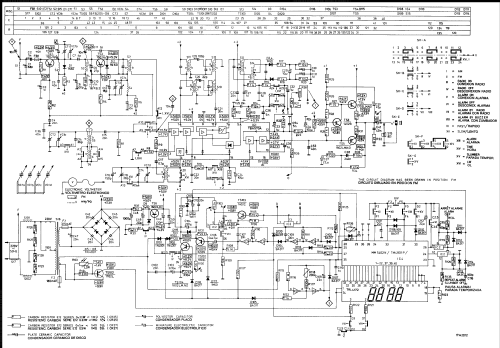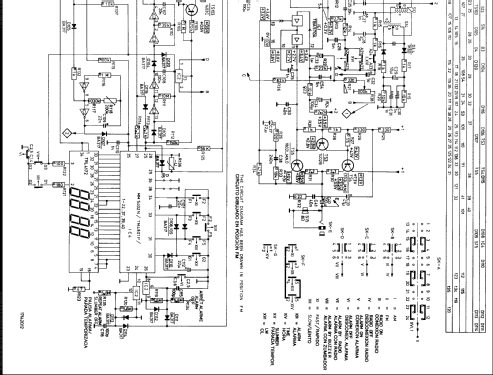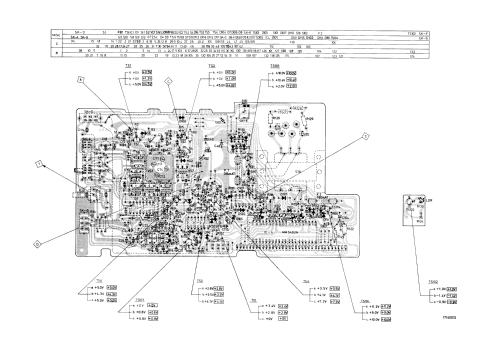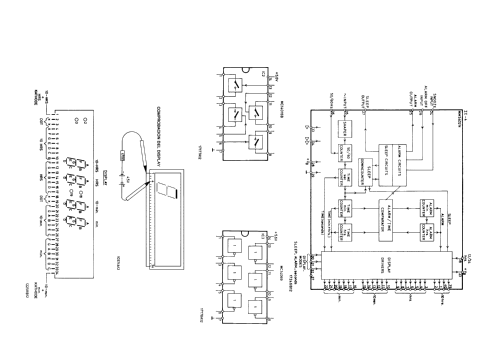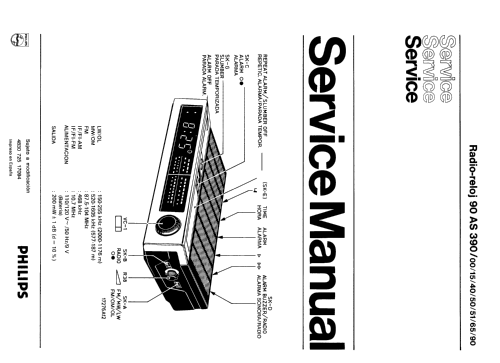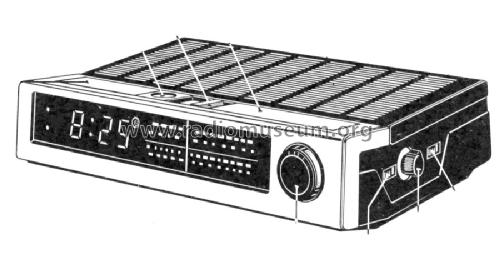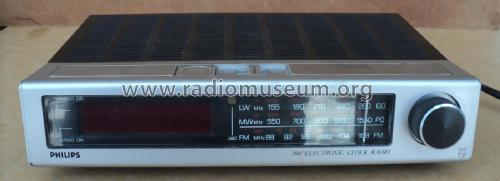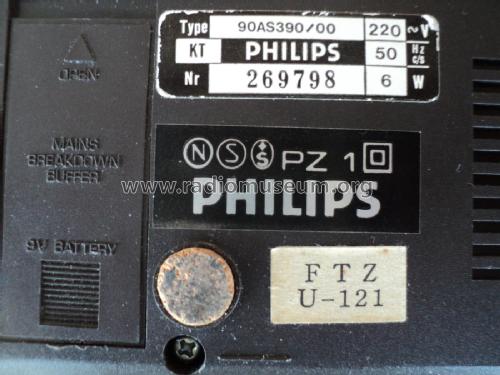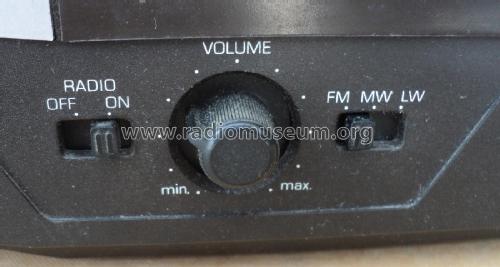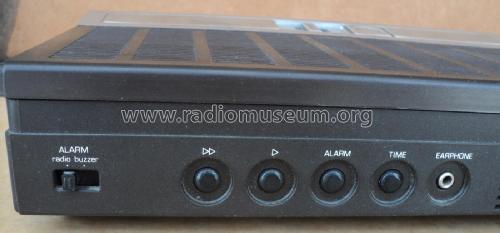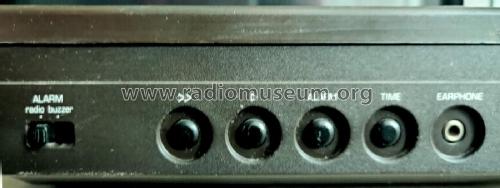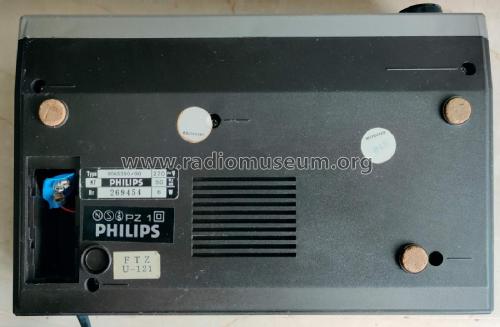Electronic Clock Radio 390 90-AS-390/00
Philips Ibérica, COPRESA, Compañía de Productos Electrónicos, Miniwatt tubes, SELEZ; Madrid, Barcelona
- Pays
- Espagne
- Fabricant / Marque
- Philips Ibérica, COPRESA, Compañía de Productos Electrónicos, Miniwatt tubes, SELEZ; Madrid, Barcelona
- Année
- 1980
- Catégorie
- Radio - ou tuner d'après la guerre 1939-45
- Radiomuseum.org ID
- 170392
Cliquez sur la vignette du schéma pour le demander en tant que document gratuit.
- No. de transistors
- 10
- Semi-conducteurs
- ED1402 ED1502 ED1602 ED1702 ED1802 TBA570 CD4016 CD4069 MM5402 1N60 1N4001 BA317 BZX79
- Principe général
- Super hétérodyne (en général); FI/IF 468/10700 kHz
- Circuits accordés
- 6 Circuits MA (AM) 10 Circuits MF (FM)
- Gammes d'ondes
- PO, GO et FM
- Tension / type courant
- Alimentation Courant Alternatif (CA) / 110; 220 & for clock 9 Volt
- Haut-parleur
- HP dynamique à aimant permanent + bobine mobile
- Puissance de sortie
- 0.1 W (qualité inconnue)
- Matière
- Plastique moderne (pas de bakélite, ni de catalin)
- De Radiomuseum.org
- Modèle: Electronic Clock Radio 390 90-AS-390/00 - Philips Ibérica, COPRESA,
- Forme
- Modèle de table avec réveil ou horloge
- Remarques
- Pila de 9 V. Para mantenimiento hora.
The clock needs a 9 Volt battery for backup. It has also an alarm. The model was perhaps made in the Netherlands for Spain - has normally only 220 V, not a choice for 110 V. We know that it was on market in June 1980 - but not when it started and when it ended. The manual reports the following about the FM aerial: "The appliance is provided with a built-in FM aerial around the mains lead. In some cases it may be necessary to reposition the mains lead in order to obtain optimum reception". The lettering on the speaker shows that it has an output of 100 mW.
- Source
- -- Original-techn. papers.
- Auteur
- Modèle crée par Miguel Bravo-Cos. Voir les propositions de modification pour les contributeurs supplémentaires.
- D'autres Modèles
-
Vous pourrez trouver sous ce lien 638 modèles d'appareils, 532 avec des images et 469 avec des schémas.
Tous les appareils de Philips Ibérica, COPRESA, Compañía de Productos Electrónicos, Miniwatt tubes, SELEZ; Madrid, Barcelona
Collections
Le modèle Electronic Clock Radio 390 fait partie des collections des membres suivants.
